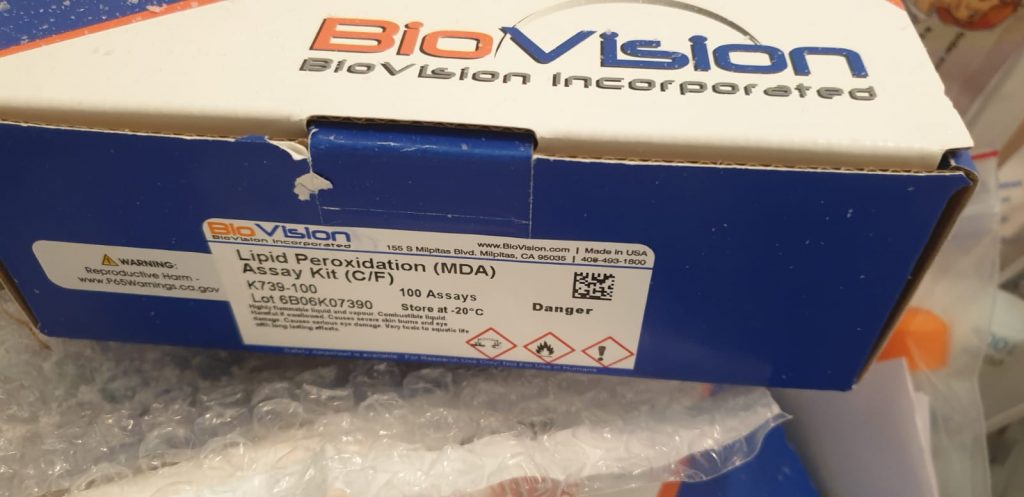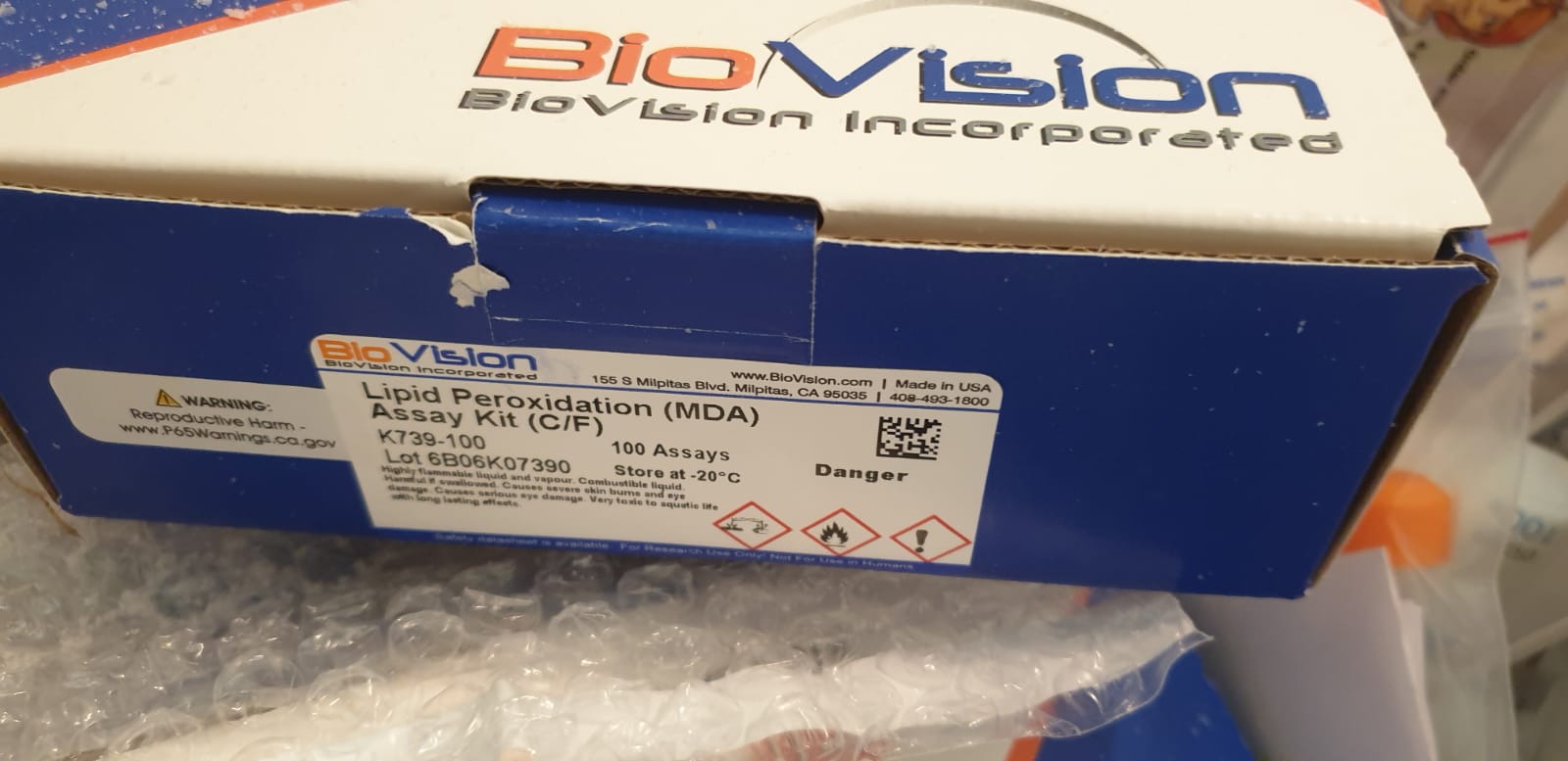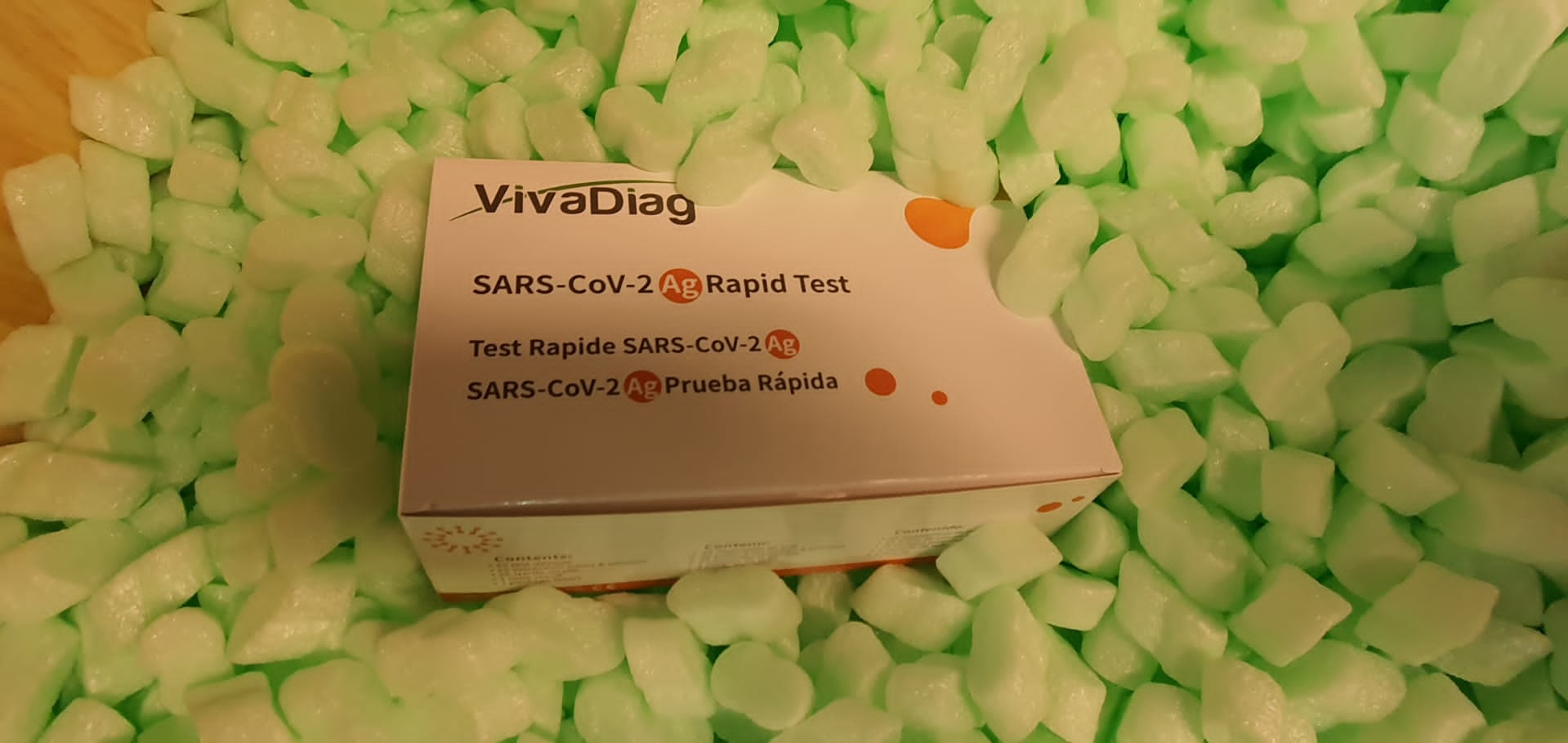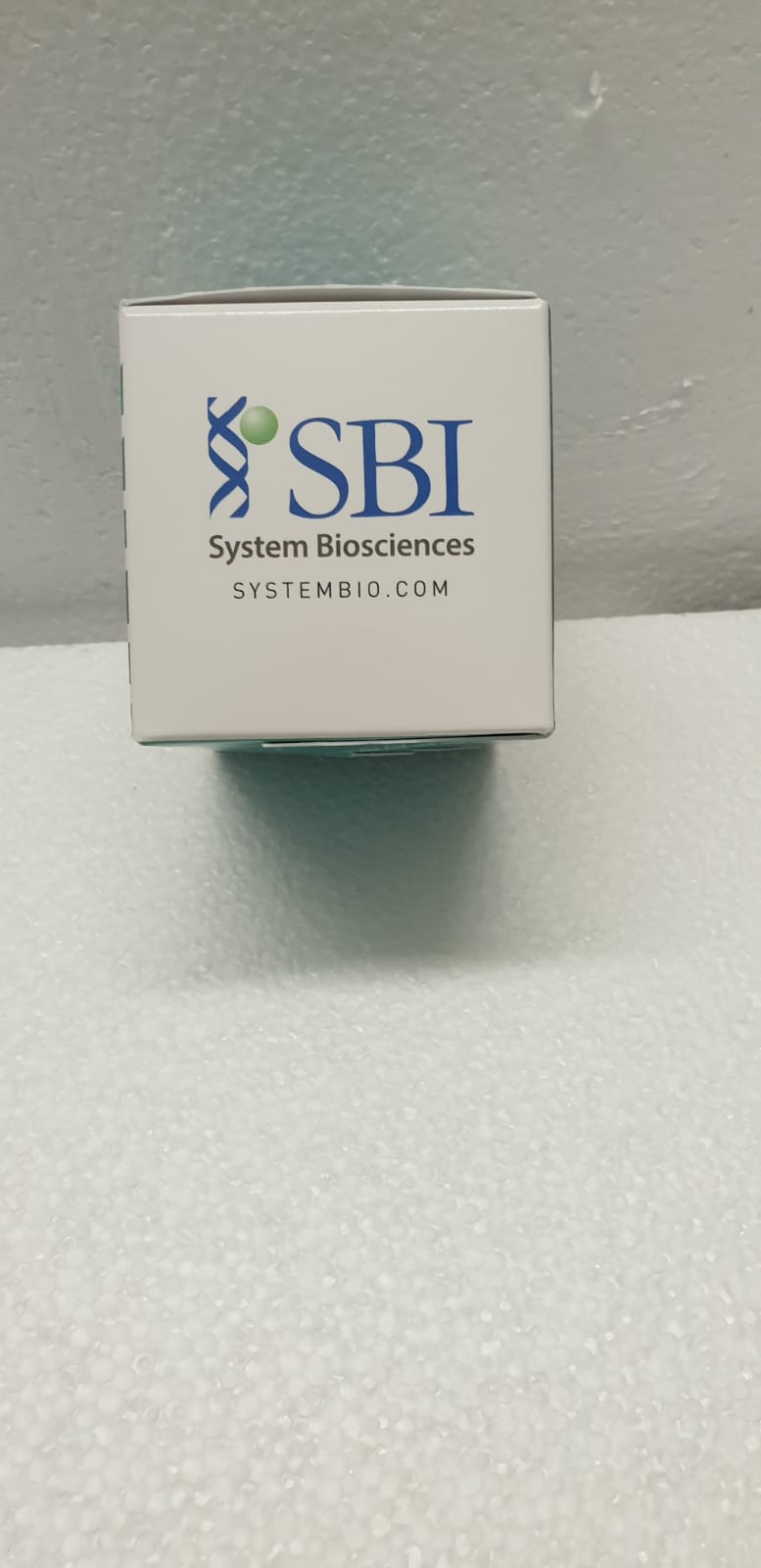Interlaboratory Validation of a Detection Methodology for Hepatitis E Virus RNA in Pig Liver
Background: Within the final years, the variety of notified hepatitis E circumstances in people has repeatedly elevated in Europe. Foodborne an infection with the zoonotic hepatitis E virus (HEV) genotype three is taken into account the most important reason for this illness. Undercooked liver and uncooked sausages containing the liver of pigs and wild boar are at excessive threat of containing HEV. Nonetheless, to date, no standardized technique for the detection of HEV-RNA in pig liver is out there.
Strategies: A world collaborative research on technique reproducibility involving 11 laboratories was carried out for an HEV-RNA detection technique, which consists of steps of pattern homogenization, RNA extraction and real-time RT-PCR detection, together with a course of management. Naturally contaminated pork liver samples containing two completely different quantities of HEV and a HEV-negative pork liver pattern have been examined by all laboratories utilizing the tactic.
Outcomes: Legitimate outcomes have been retrieved from 10 laboratories. A specificity of 100% and a sensitivity of 79% have been calculated for the tactic. False adverse outcomes have been solely retrieved from the pattern containing very low HEV quantities close to the detection restrict.
Conclusions: The outcomes present that the tactic is extremely particular, sufficiently delicate and sturdy to be used in numerous laboratories. The tactic can, due to this fact, be utilized to routine meals management in addition to in monitoring research.
Hepatitis A virus detection with PCR

[Linking template=”default” type=”products” search=”SOX2 Antibody” header=”1″ limit=”160″ start=”4″ showCatalogNumber=”true” showSize=”true” showSupplier=”true” showPrice=”true” showDescription=”true” showAdditionalInformation=”true” showImage=”true” showSchemaMarkup=”true” imageWidth=”” imageHeight=””]
Lengthy noncoding RNA H19 regulates the therapeutic efficacy of mesenchymal stem cells in rats with extreme acute pancreatitis by sponging miR-138-5p and miR-141-3p
Background: Sufferers with extreme acute pancreatitis (SAP), which is characterised by excessive morbidity and mortality, account for an growing medical burden worldwide. We beforehand discovered that mesenchymal stem cells (MSCs) may attenuate SAP and that expression of lengthy noncoding RNA H19 (LncRNA H19) was upregulated in rats receiving MSCs. Within the current research, we investigated the mechanisms of LncRNA H19 regulating the therapeutic efficacy of MSCs within the alleviation of SAP.
Strategies: MSCs transfected with LncRNA H19 overexpression and knockdown plasmids have been intravenously injected into rats 12 h after sodium taurocholate (NaT) administration to induce SAP.
Outcomes: Overexpressing LncRNA H19 in MSCs considerably enhanced the anti-inflammatory capability of the MSCs, inhibited autophagy by way of promotion of focal adhesion kinase (FAK)-associated pathways, and facilitated cell proliferation by growing the extent of β-catenin in rats with SAP. LncRNA H19 functioned as a competing endogenous RNA by sponging miR-138-5p and miR-141-3p. Pulling down miR-138-5p in MSCs elevated the expression of protein tyrosine kinase 2 (PTK2, encoding FAK) to suppress autophagy, whereas downregulating miR-141-3p enhanced the extent of β-catenin to advertise cell proliferation.
Conclusions: In conclusion, LncRNA H19 successfully elevated the therapeutic efficacy of MSCs in rats with SAP by way of the miR-138-5p/PTK2/FAK and miR-141-3p/β-catenin pathways.
RNA-Binding Proteins in Most cancers: Sensible and Therapeutic Views
RNA-binding proteins (RBPs) crucially regulate gene expression by post-transcriptional regulation, akin to by modulating microRNA (miRNA) processing and the selection splicing, completely different polyadenylation, subcellular localization, stability, and translation of RNAs. Better than 1500 RBPs have been acknowledged to date, and loads of of them are acknowledged to be deregulated in most cancers. Alterations throughout the expression and localization of RBPs can have an effect on the expression ranges of oncogenes, tumor-suppressor genes, and genome stability-related genes.
RBP-mediated gene regulation may end up in quite a few cancer-related cellular phenotypes, akin to proliferation, apoptosis, angiogenesis, senescence, and epithelial-mesenchymal transition (EMT)/invasion/metastasis. This regulation could be associated to most cancers prognosis.
Thus, RBPs might be potential targets for the occasion of therapeutics for probably the most cancers remedy. On this overview, we describe the molecular options of RBPs, their roles in cancer-related cellular phenotypes, and quite a few approaches that might be used to concentrate on RBPs for many cancers remedy.
New Insights and Present Approaches in Cardiac Hypertrophy Cell Tradition, Tissue Engineering Fashions, and Novel Pathways Involving Non-Coding RNA
- Cardiac hypertrophy is an ongoing medical problem, as threat components comparable to weight problems, smoking and growing age turn out to be extra widespread, which result in an growing prevalence of growing hypertrophy. Pathological hypertrophy is a maladaptive response to emphasize situations, comparable to strain overload, and contain quite a few modifications in mobile mechanisms, gene expression and pathway laws.
- Though a number of essential pathways concerned within the reworking and hypertrophy course of have been recognized, additional analysis is required to realize a greater understanding and discover new and higher remedy choices.
- Extra lately found pathways confirmed the involvement of a number of non-coding RNAs, together with micro RNAs (miRNAs), lengthy non-coding RNAs (lncRNAs), and round RNAs (circRNAs), which both promote or inhibit the reworking course of and pose a doable goal for novel remedy approaches.
- In vitromodeling serves as a significant device for this additional pathway evaluation and remedy testing and has vastly improved over the latest years, offering a more cost effective and labor-intensive different to in vivo animal fashions.
[Linking template=”default” type=”products” search=”Rat Cerebellum Total RNA” header=”2″ limit=”145″ start=”5″ showCatalogNumber=”true” showSize=”true” showSupplier=”true” showPrice=”true” showDescription=”true” showAdditionalInformation=”true” showImage=”true” showSchemaMarkup=”true” imageWidth=”” imageHeight=””]




